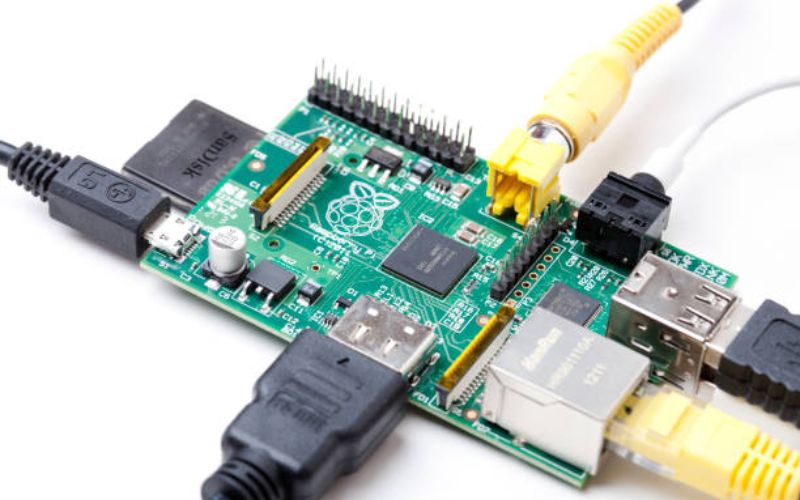Introduction
Liquid cooling plate processes are an essential part of modern cooling systems, especially in electronics. The process cools down the electronic components by absorbing heat and channeling it to a cooling system. Different types of liquid cooling plate processes are available, depending on their design and application. This article will explore the key types of liquid cooling plate processes in the market today.
Immersion Cooling Plate Process
The immersion cooling plate process involves submerging the electronic components in a non-conductive liquid, such as mineral oil. The liquid conducts heat away from the components, resulting in a more effective cooling process. It's also less noisy compared to traditional air-cooling systems. Maintenance is more comfortable, as the non-conductive liquid prevents electrical shorts from occurring. However, the fluid is messy in case of a leak, making it challenging to clean up.
Heat Pipe Cooling Plate Process
The heat pipe cooling plate process utilizes a looped heat pipe with evaporator and condenser sections. The evaporator section absorbs heat from the electronic component through a wick structure and carries it to the condenser section, where it's dissipated. The process operates through a passive mechanism and is silent and cost-effective. However, it's limited to diverting heat in one direction hence limiting its cooling ability.
Direct Liquid Cooling Plate Process
The direct liquid cooling plate process involves circulating a cooling liquid in direct contact with the electronic components through the cooling plate. The cooling plate channels the heat directly to a heat exchanger or radiator, where it's dissipated into the air or water. It's highly effective at cooling high wattage components, but it's costly, noisy, and challenging to maintain.
Phase Change Cooling Plate Process
The phase change cooling plate process operates on refrigeration principles, where the liquid coolant changes from liquid to vapor, absorbs heat, then condenses to transform back to liquid, releasing heat in the process. The condenser is mounted onto the cooling plate, and the evaporation system channels heat away from the electronic component. It's a costly option but highly effective, especially for overclocked components that require intense cooling.
Chip Cooling Plate Process
The chip cooling plate process targets effective cooling of high-performance processors such as GPUs and CPUs. It's achieved through direct contact of the chip component with the cooling plate. The plate can be made of copper or aluminum with a cold plate fixed on top with a coolant channel. The process is silent, effective, and essential for gaming computer enthusiasts who require maximum performance from their computers.
Air-Water Hybrid Cooling Plate Process
The air-water hybrid cooling plate process is a combination of air and liquid cooling in a single unit. The combination enables maximum efficiency while reducing operation noise. The air unit cools the low wattage components while the liquid cooling unit cools high wattage components effectively.
Conclusion
Liquid cooling plate processes are evolving daily to cater to the needs of different electronic devices that require effective cooling. Choosing the right process for your electronic component is crucial in ensuring longevity and optimal performance. Consider the cooling needs of your device and the cost and maintenance implications of each cooling plate process. You can select a cooling process type that meets your needs from the fluid options available in the market today.

